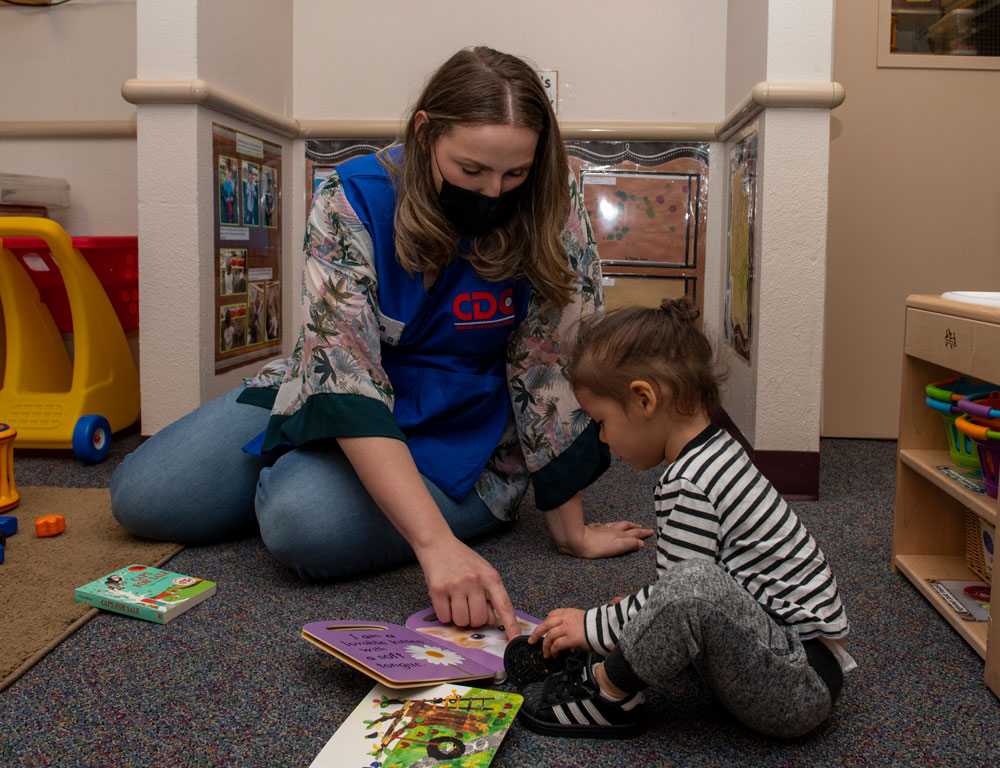
May 19, 2020; WBUR (Boston Public Radio) and USA Today
Childcare is critical to community well-being and the lives of working people, but for the most part it has operated on razor-thin margins, with the hardships consistently passed down to its most essential workers. On top of that, the nation’s efforts to mitigate and limit the virus’s impact have largely shut down the diverse system of providers—institutional and home-based, for-profit and nonprofit alike. States and cities allowed only a small slice of that framework to operate to support essential workers who were unable to count on their family and friends. The shutdown extracted major streams of revenue while leaving significant costs in place in most cases.
Now, as we progress through the phases of our so-called recovery, we know we must address the challenge of quickly fixing or changing the underpinnings of a critical infrastructure system that already shows persistent weaknesses that do not reflect the essential nature of the work.
Before the economy was disrupted, our workforce was dependent on having a plan in place for their children. Forty percent of working adults had children younger than 18, and 60 percent of children under five needed some form of care on a weekly basis. Patricia Cole, senior director of federal policy for Zero to Three, described the critical importance of child care for a healthy recovery in comments reported by USA Today. “Lack of childcare is quickly emerging as one of the biggest barriers to the economy bouncing back. Childcare is foundational to our nation’s ability to recover from this crisis.”
Even under the most stringent periods of shutdown, a limited number of childcare programs were permitted to operate. But both state and city government recognized the risks, and, as Massachusetts Lt. Governor Karyn Polito explained to WBUR, they encouraged “families to find any alternatives to group care to help stem the spread of the virus.”
Initially, those alternatives filled the need, and emergency childcare systems were underutilized. But, week by week, “short-term childcare arrangements with family and friends…started to fall through for children of essential workers” and the need for organized group care began to grow. Now, as more workers return to their jobs, that need will balloon beyond current capacity, and we will need to find a way to safely reopen that part of the sector on a full scale. As Massachusetts Governor Charlie Baker put it, “It’s one of those issues that everybody knows they need to find an answer on. And we fully expect as we roll forward, we’re going to have to find one, too.”
One obstacle is ensuring safety, which has always been a challenge but now is so much harder. The CDC, in its just-released guidance for child programs, sets out a detailed template that state and local officials can use to conduct a large-scale, safe child care reopening. But the National Association for the Education of Young Children (NAEYC)’s CEO, Rhian Evans Allvin, worries these steps won’t be followed:
Most states are talking about childcare, but there’s a mixed bag in terms of how many are actually being planful about it. When you as a state say, “we’re open,” but then you don’t give guidance around childcare, that puts the burden of the situation on families. And that exacerbates the already existing inequities in early childhood education because inherently wealthier families have more options.
Sign up for our free newsletters
Subscribe to NPQ's newsletters to have our top stories delivered directly to your inbox.
By signing up, you agree to our privacy policy and terms of use, and to receive messages from NPQ and our partners.
The second hurdle is capacity. Many childcare programs were shaky prior to the shutdown, and the cost of childcare was a strain for many families as well. As Javaid Siddiqi, CEO of The Hunt Institute, an education nonprofit in Cary, North Carolina explains, “We don’t fully know yet who are the childcare providers and facilities that are not going to have survived this economic crisis because they just couldn’t keep the doors open.”
And for those that do reopen, the cost of doing business will have gone up. As USA Today observed, its “unclear how many providers will be able to afford to reopen or at what capacity with strict new health protocols that vary from state to state.”
Some new rules limit the number of children that can be in any group—and in many cases require the same children and adults be placed together every day. Childcare centers also face higher costs for additional staffing, personal protective equipment, hand sanitizer and cleaning supplies.
Raising fees to cover new costs may not be possible with many parents already straining to pay for their children’s care.
In other words, we face a potential crisis; the business model that limped along before cannot succeed in the conditions post-COVID-19. As a NAEYC analysis put it:
The pandemic has laid bare the need to finally resolve the fundamental challenges that have confronted us for decades—those which, if resolved appropriately, will support a strong American workforce and economy, propel far more children into high-quality child care, and ensure the essential status of early childhood educators is permanently reflected by increased investments in their education and compensation…even at full enrollment the child care market was broken.
The way the system is financed left too few children with access to high-quality early childhood settings, too many early childhood educators living on poverty-level wages, and too many programs one rent payment away from closing down. We can’t go from the proverbial frying pan into the fire—from this crisis back to the crisis that was already defining our early learning systems. We must learn from some of the good policy and financing choices state leaders and policymakers in particular have made in the midst of this disaster to move forward—not return to the way things were before.
It is well past time for the country to stop treating these kinds of activities, which accrue to the benefit of all of us, as economic peons. We need childcare, and at this point, childcare needs us to advocate for its universality and its security.—Martin Levine












